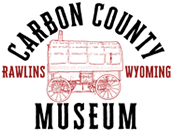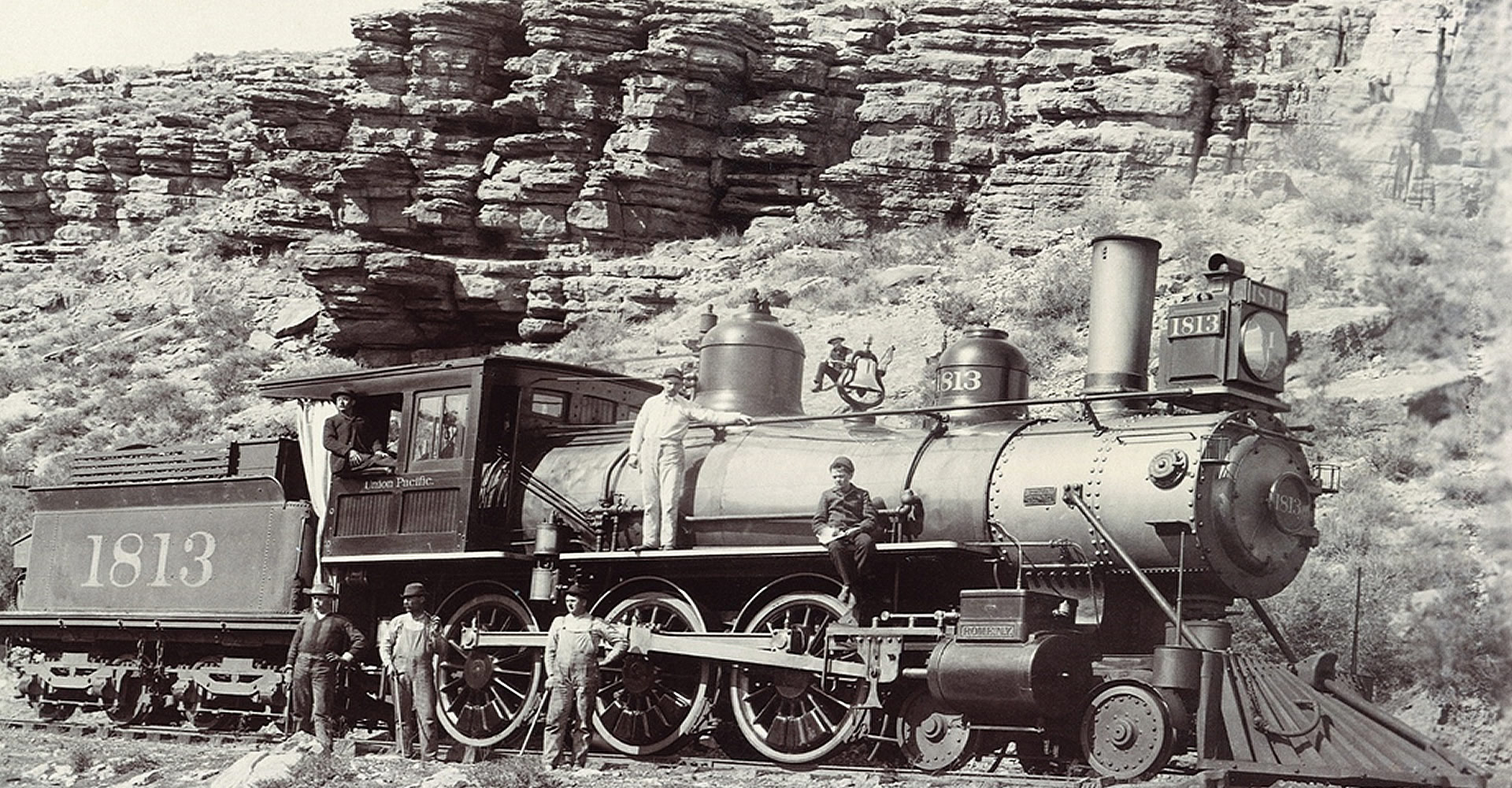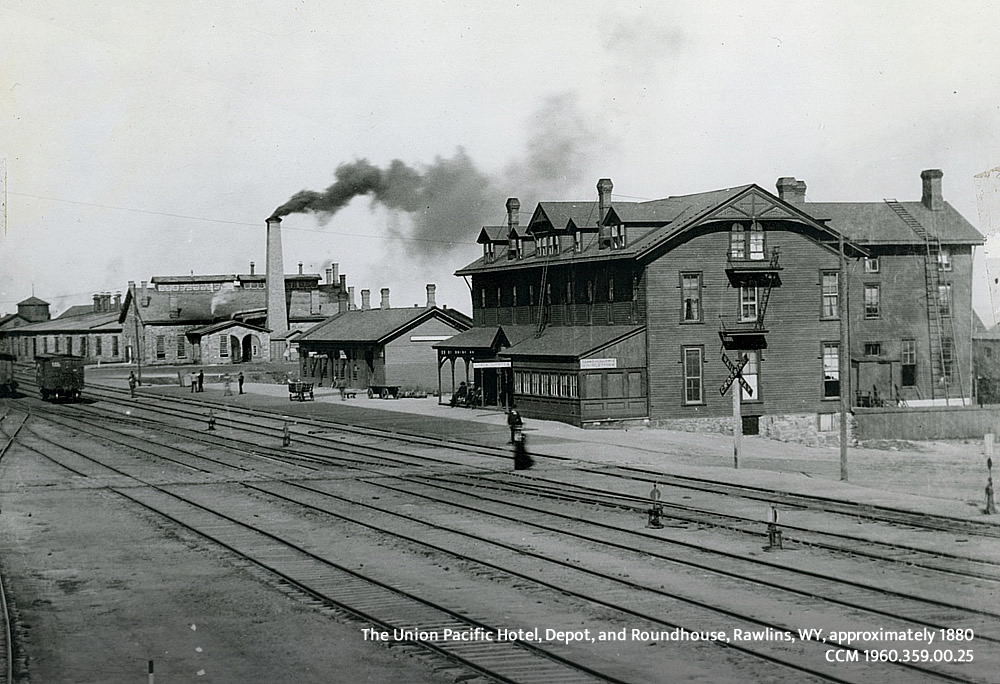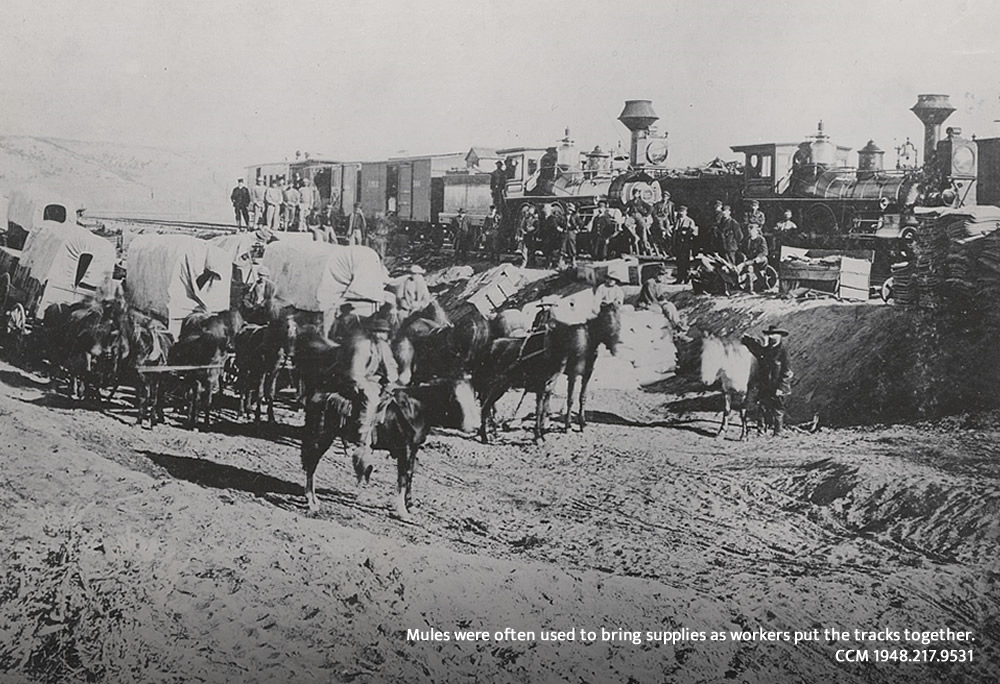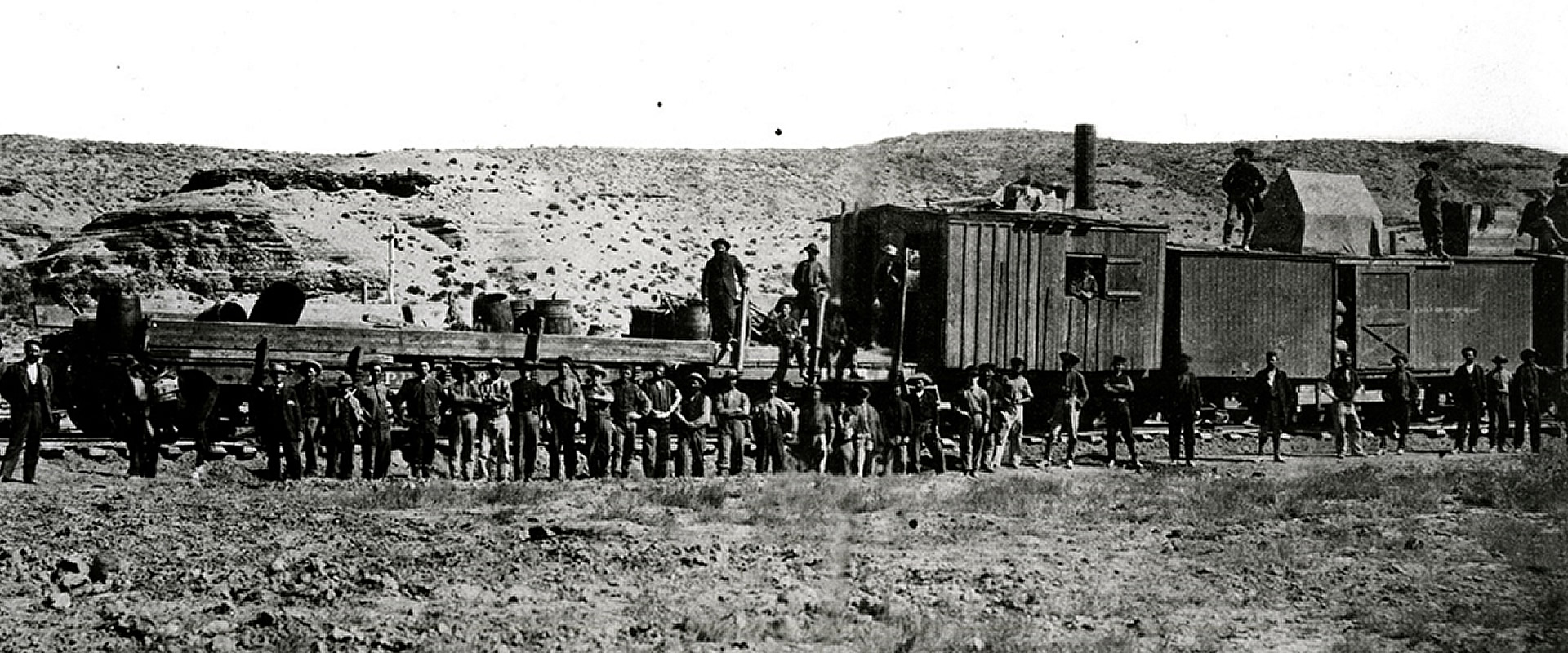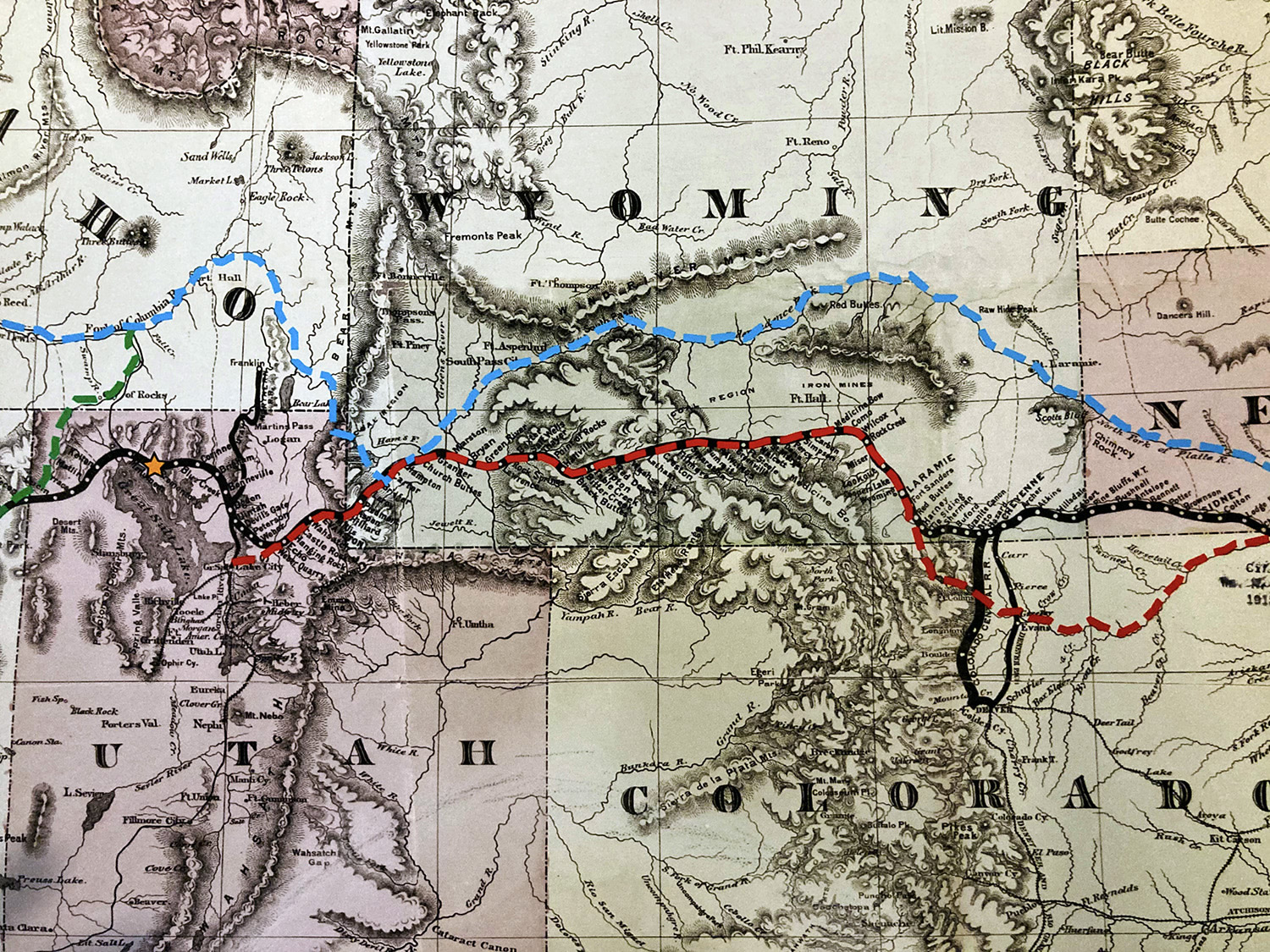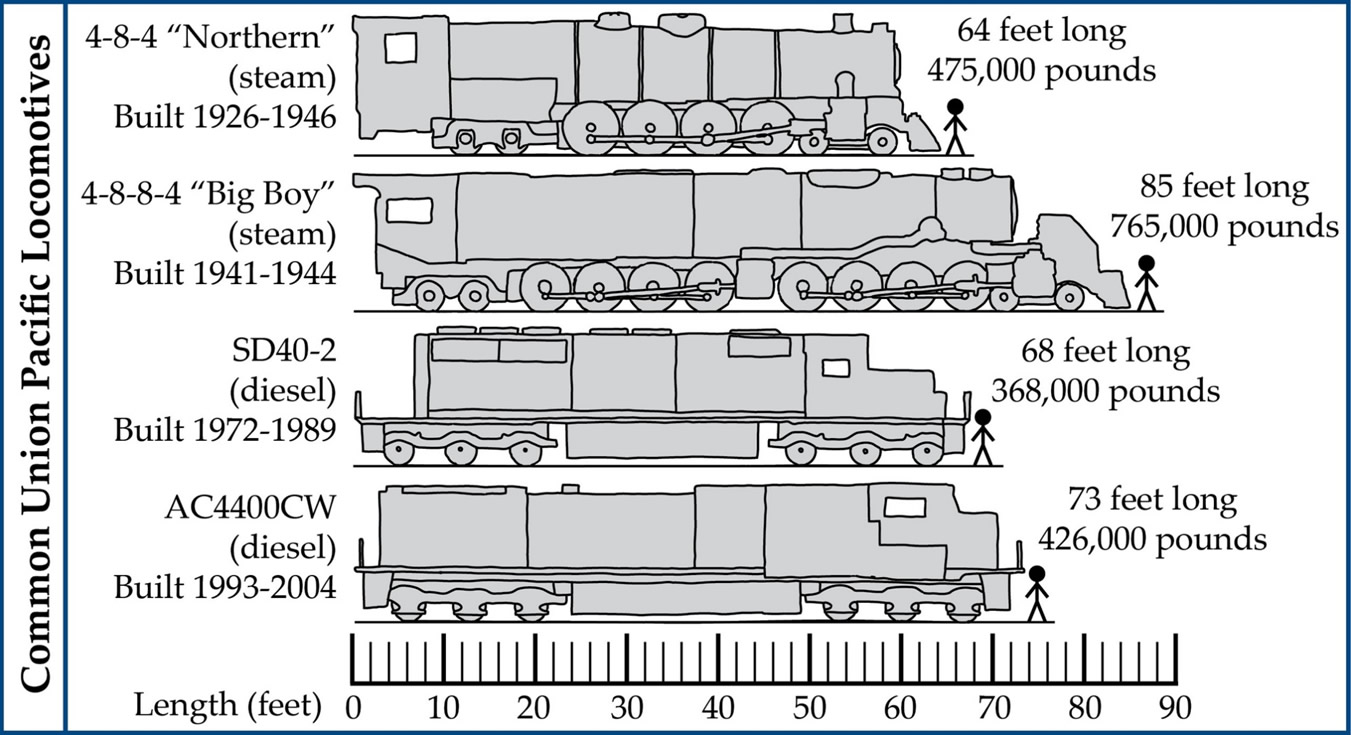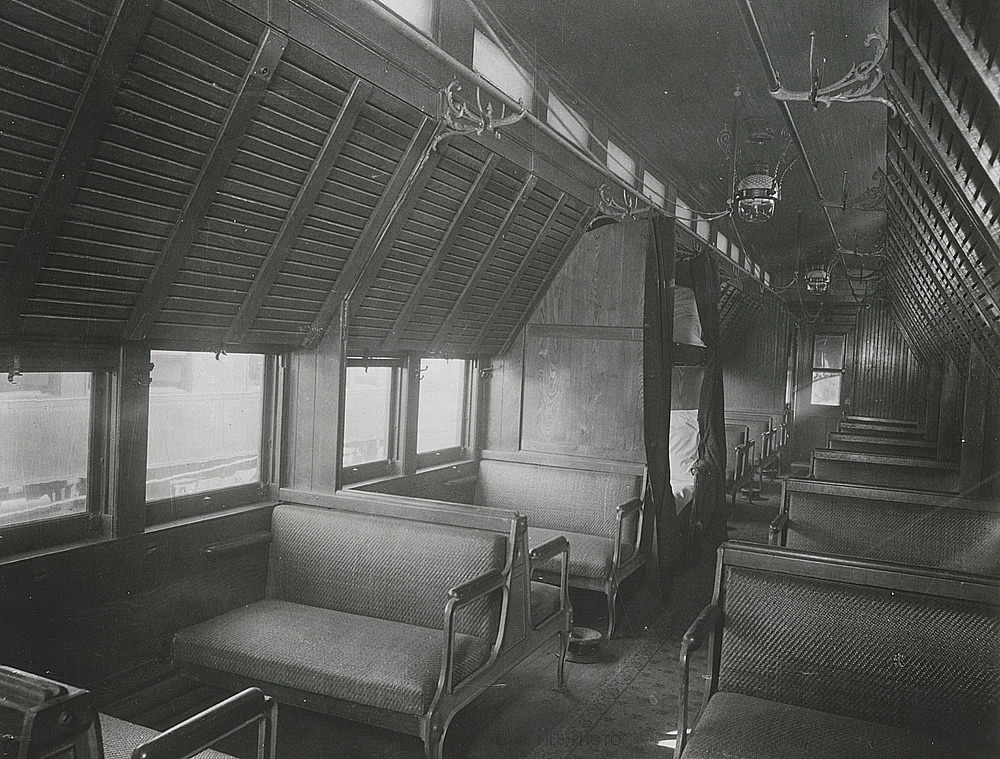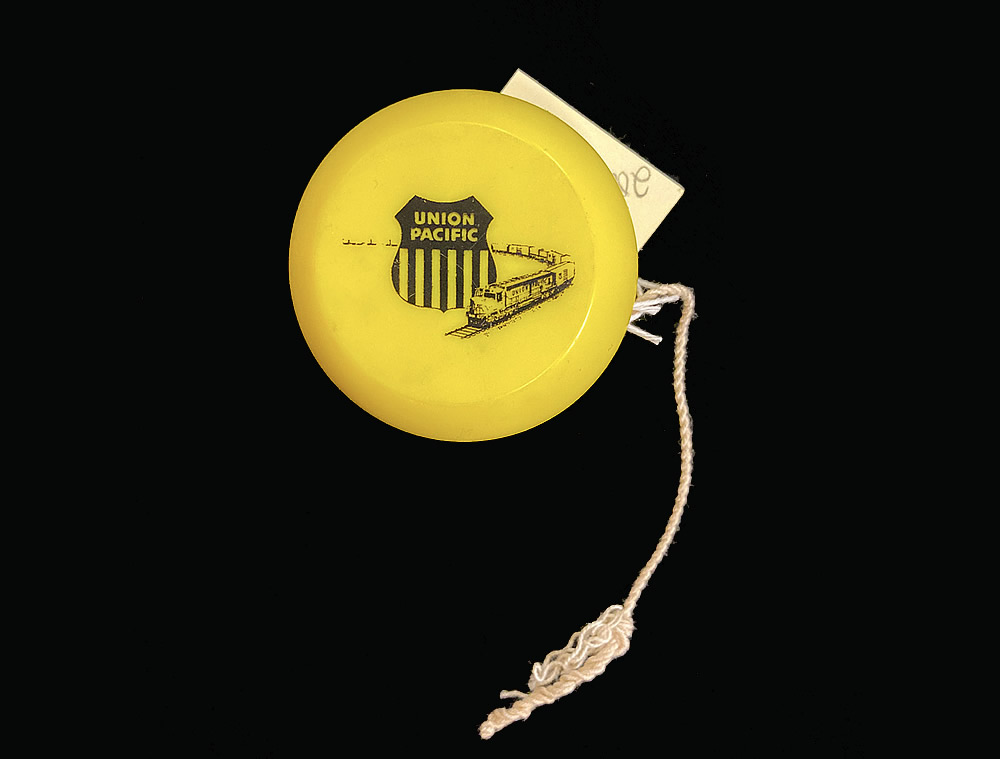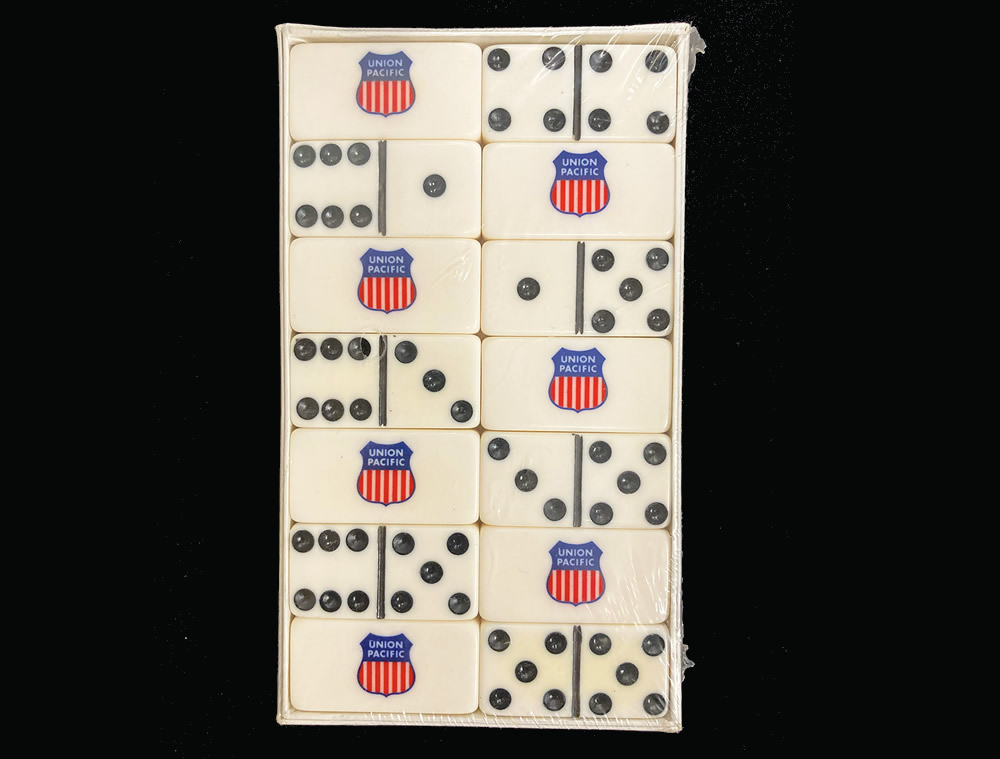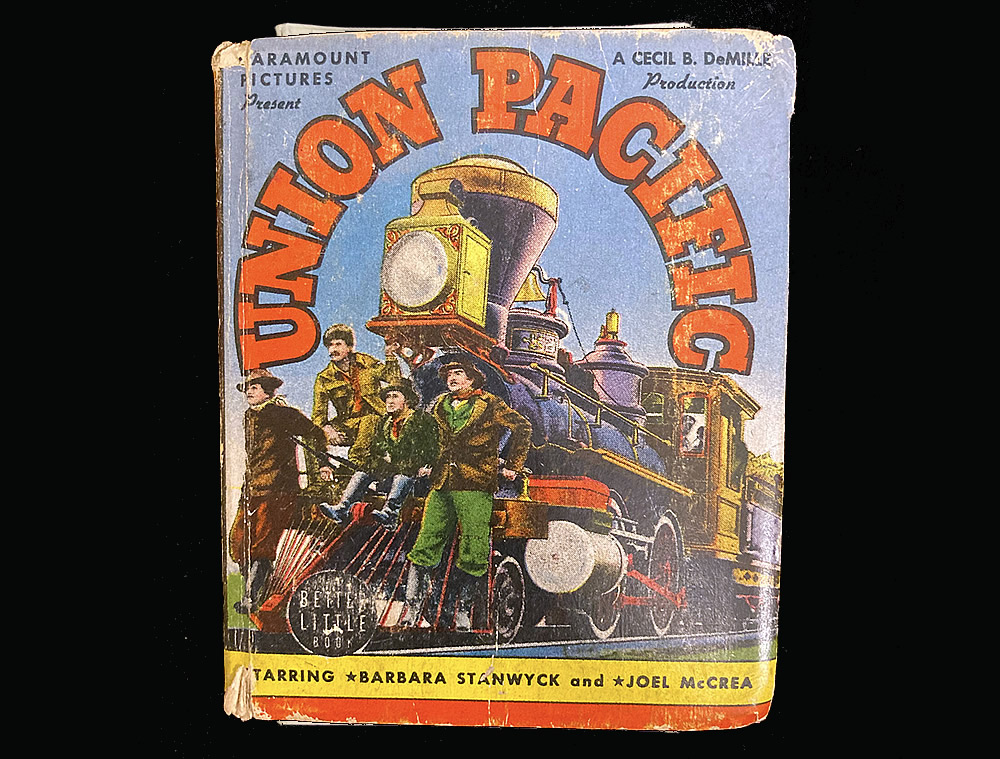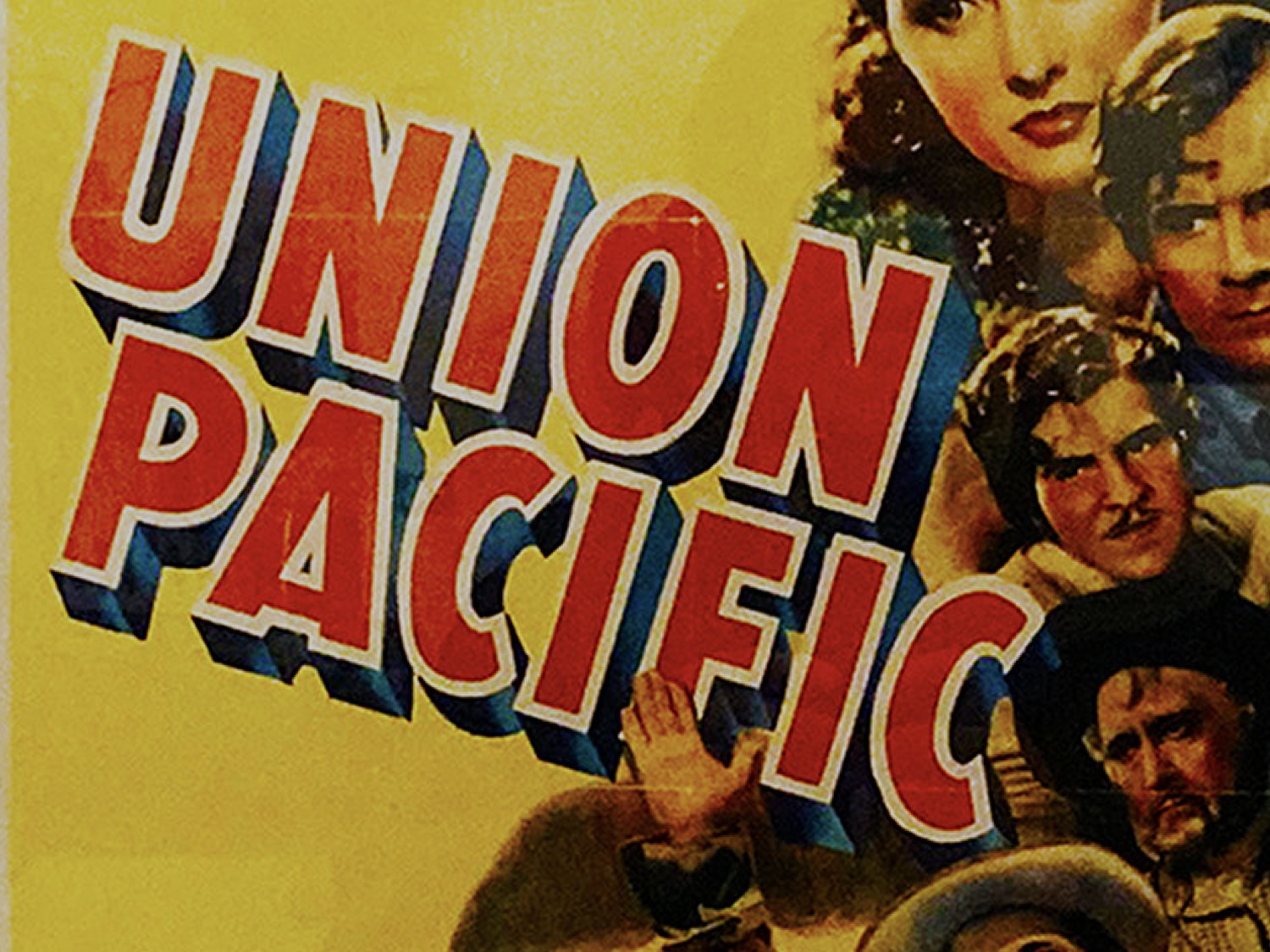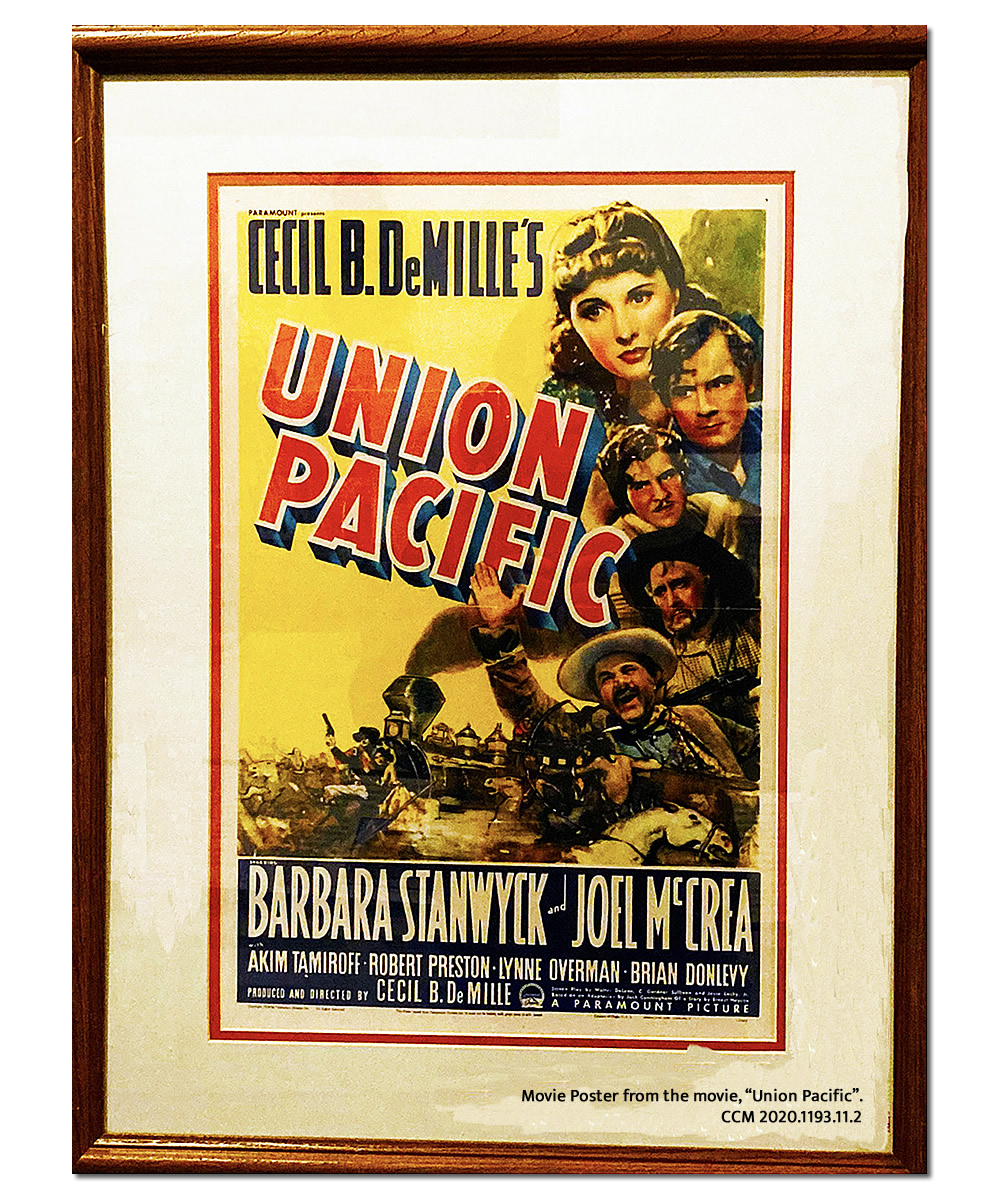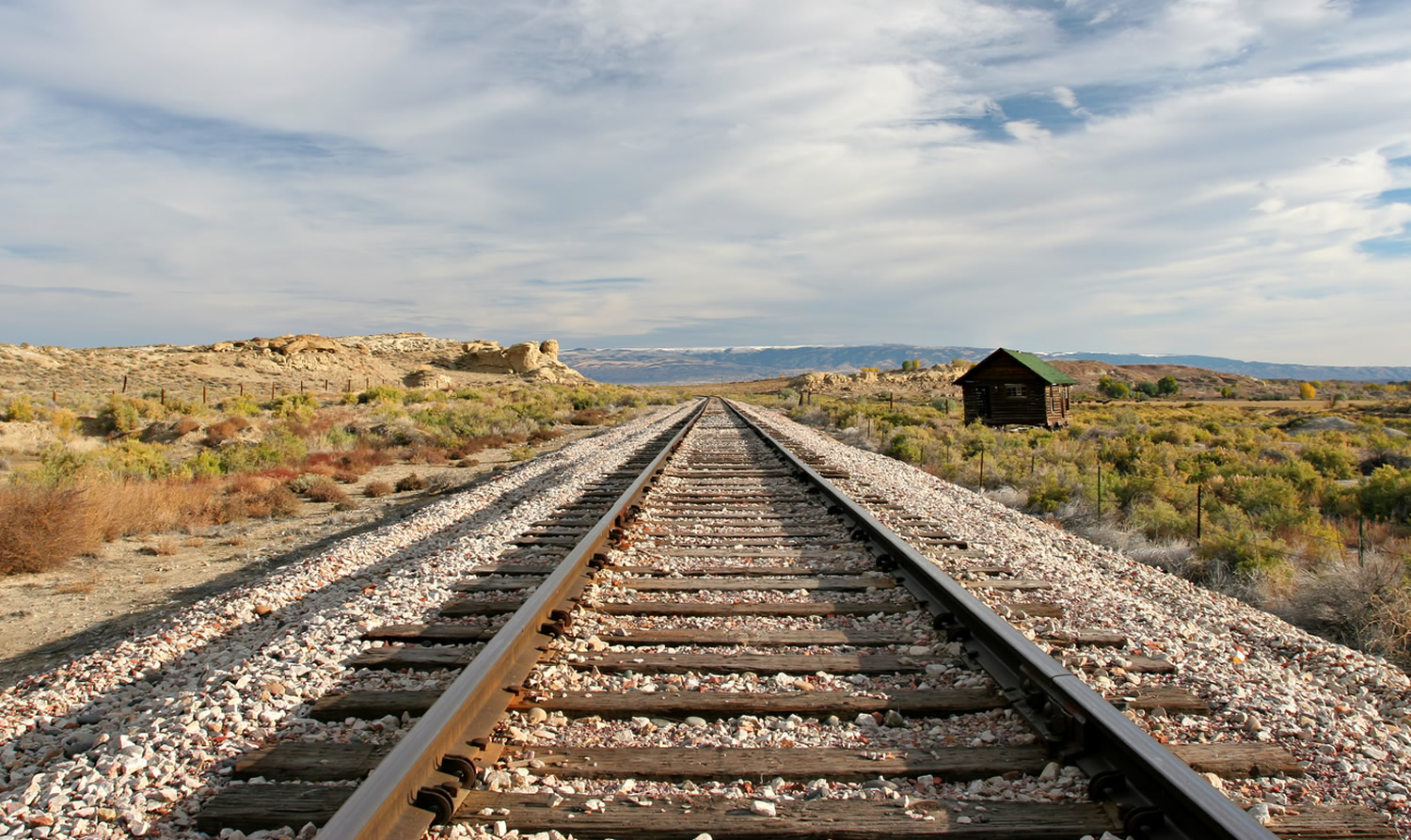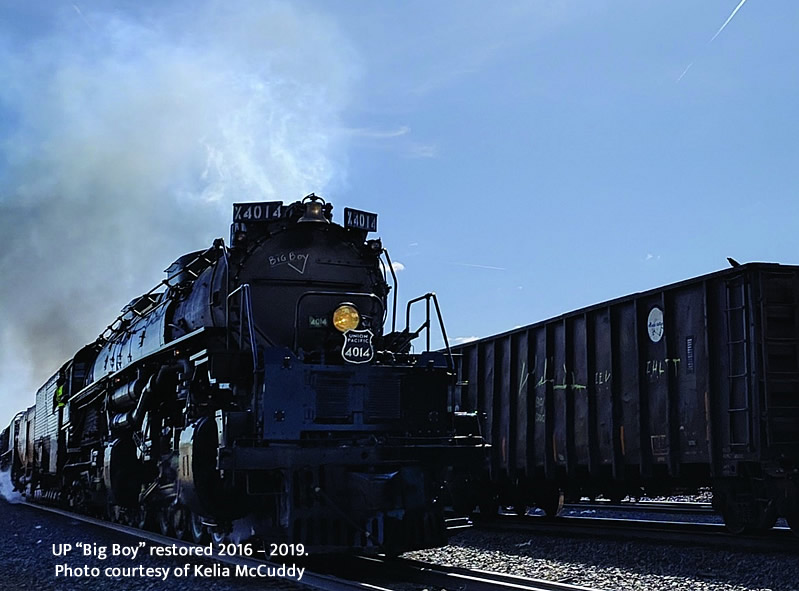LET'S GO WEST!
The Union Pacific made traveling by train a luxurious experience: separate cars for dining, sleeping, and traveling were beautifully furnished to offer passengers fine dining and accommodations that made traveling enjoyable.
Everyday items used on the trains or to promote the Union Pacific was branded with their logo.
Dishes, towels, glasses, even fun items like yoyos and games all had the UP logo as part of their design. In today's terms, Union Pacific created a lifestyle brand.
Trains that ran specific routes often had names. Famous Union Pacific trains include the Overland Limited, Portland Rose, and Challenger.
Whether you worked on the trains or at a depot, or if you were part of the traveling crews, working for the Union Pacific Railroad provided people with a good income and a steady job. Crews who worked together for many years became their own “work families” where they often stepped outside of their own assigned tasks to assist one another. The goal was always to keep the trains running smoothly by working together.
